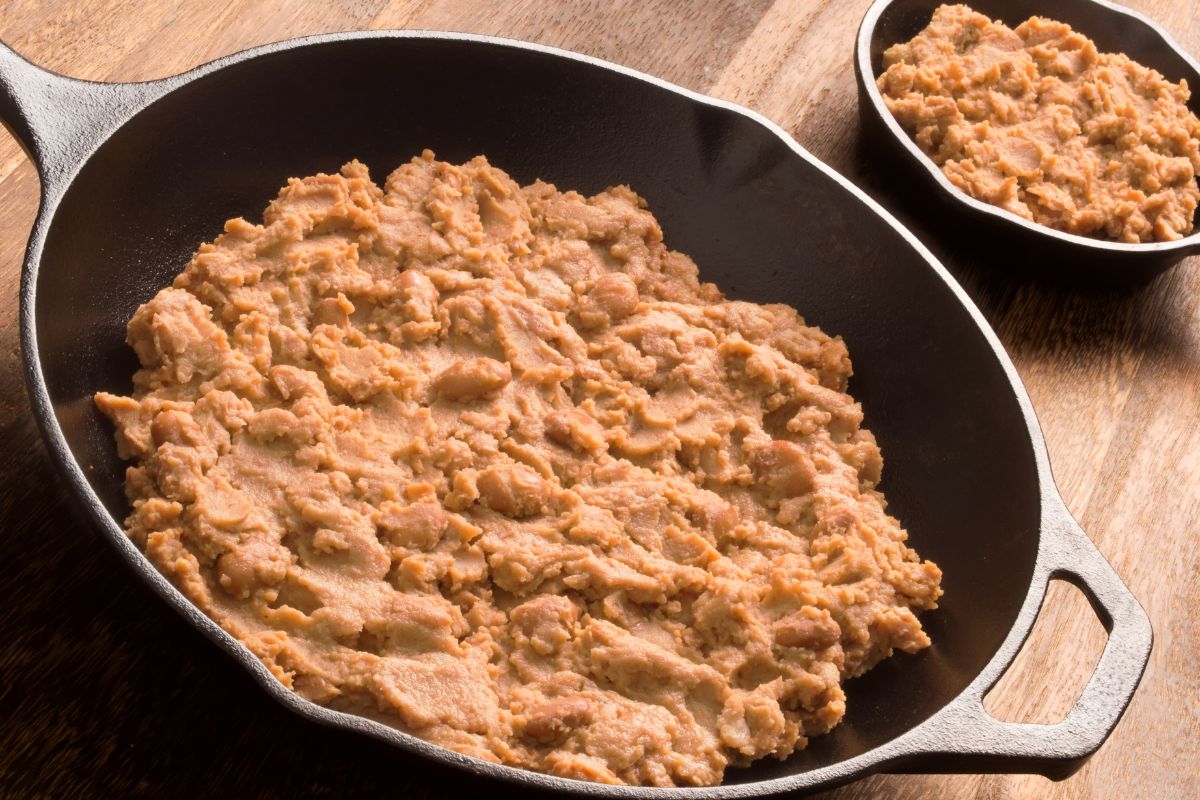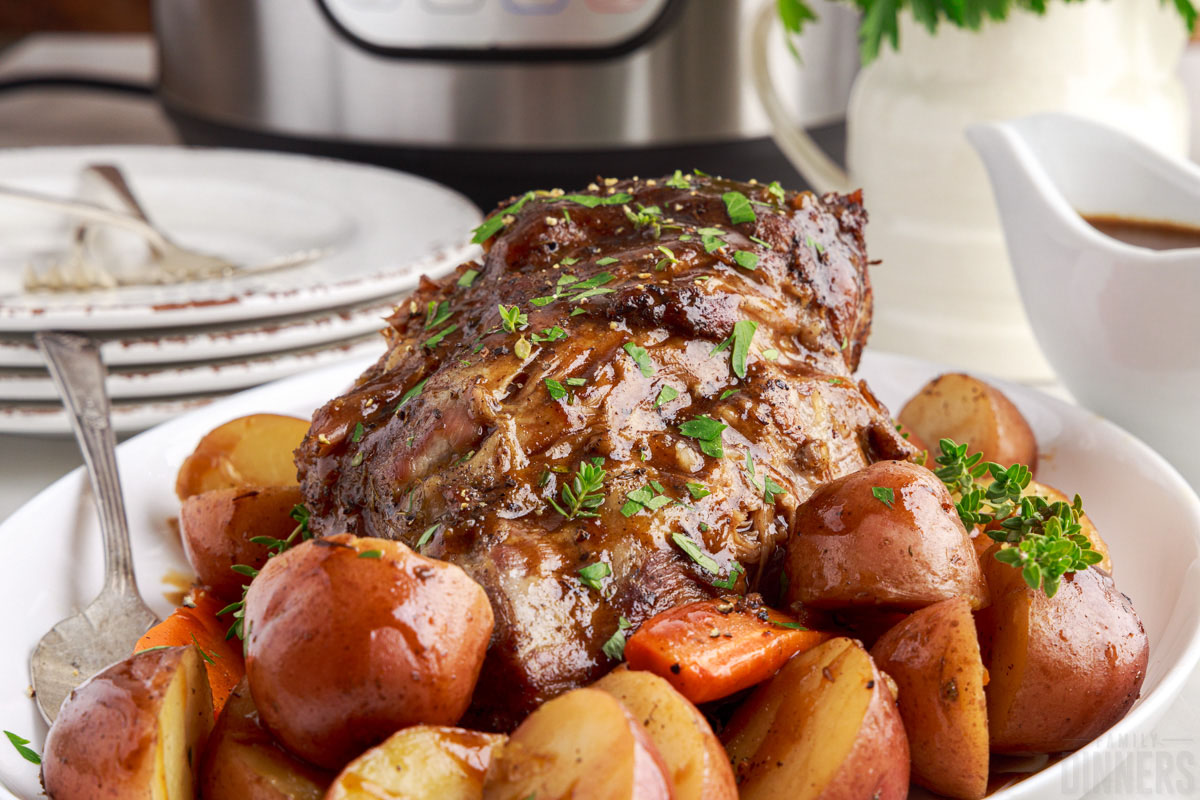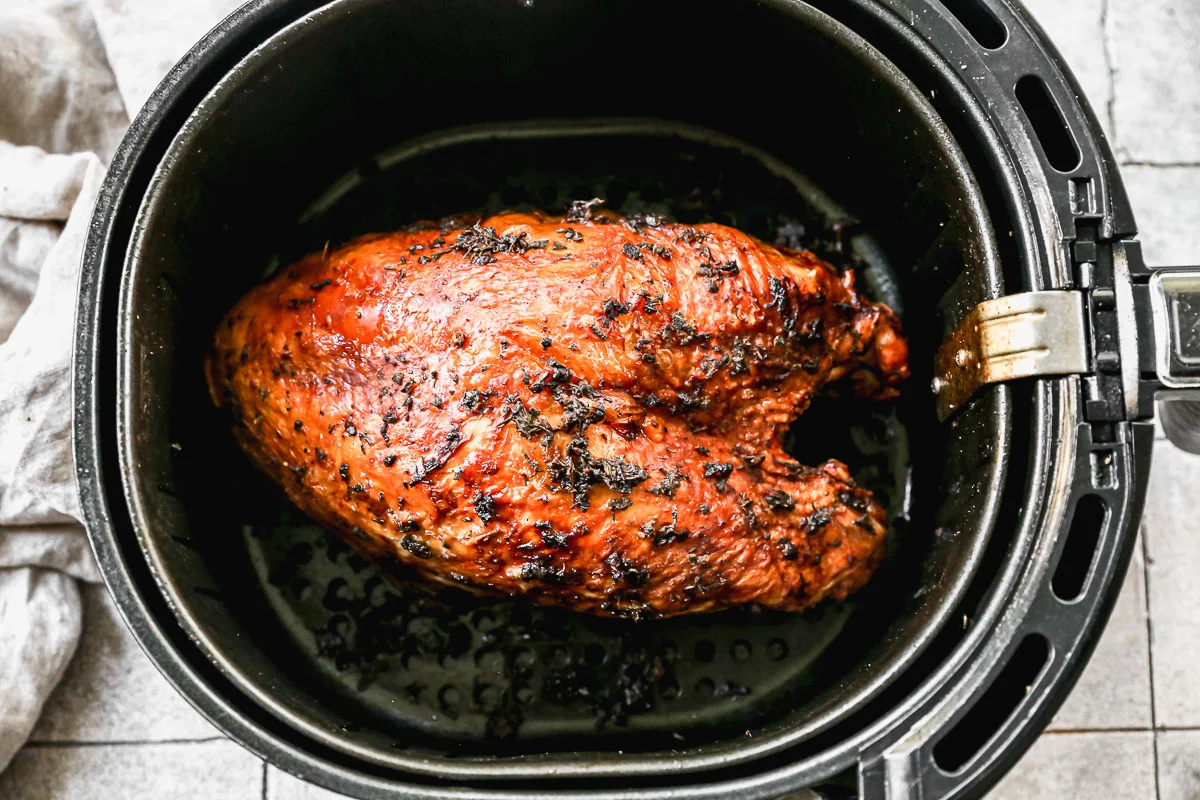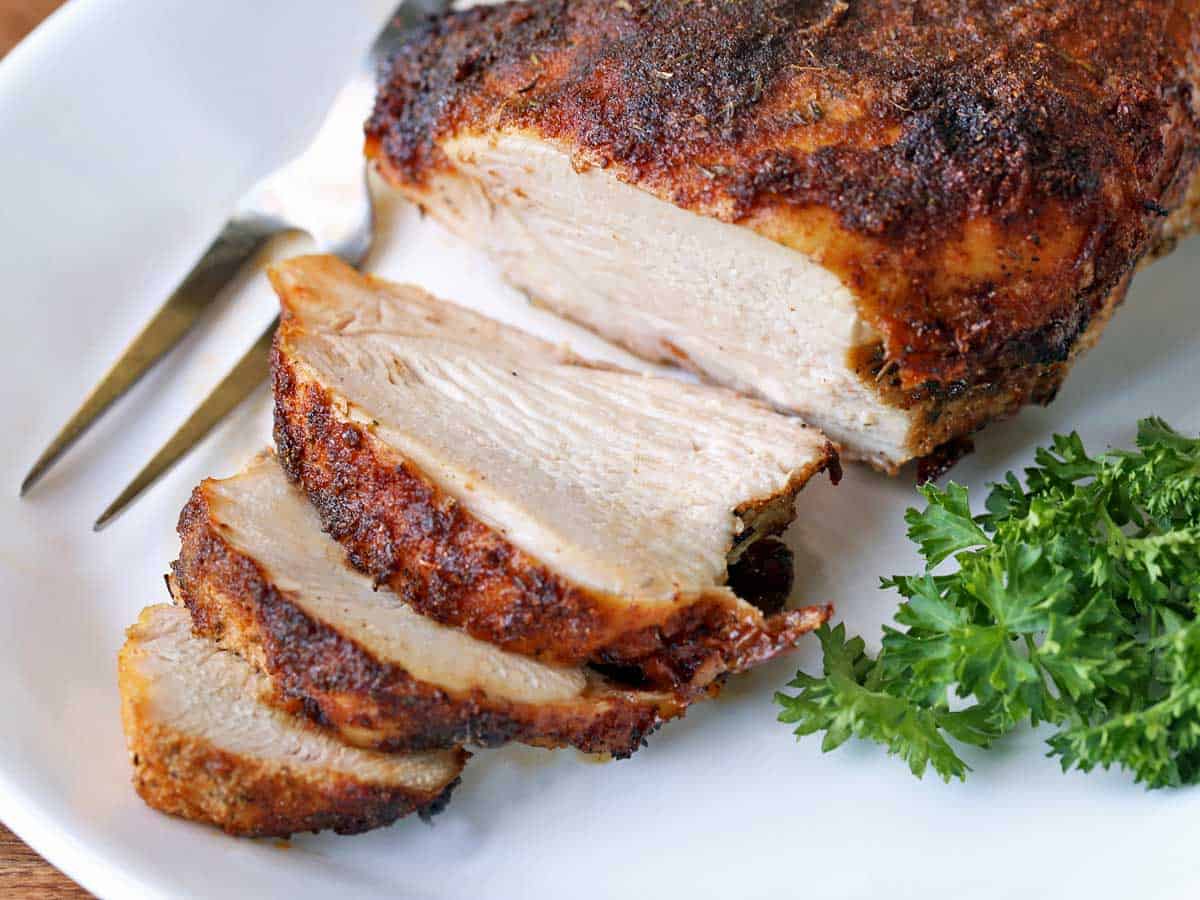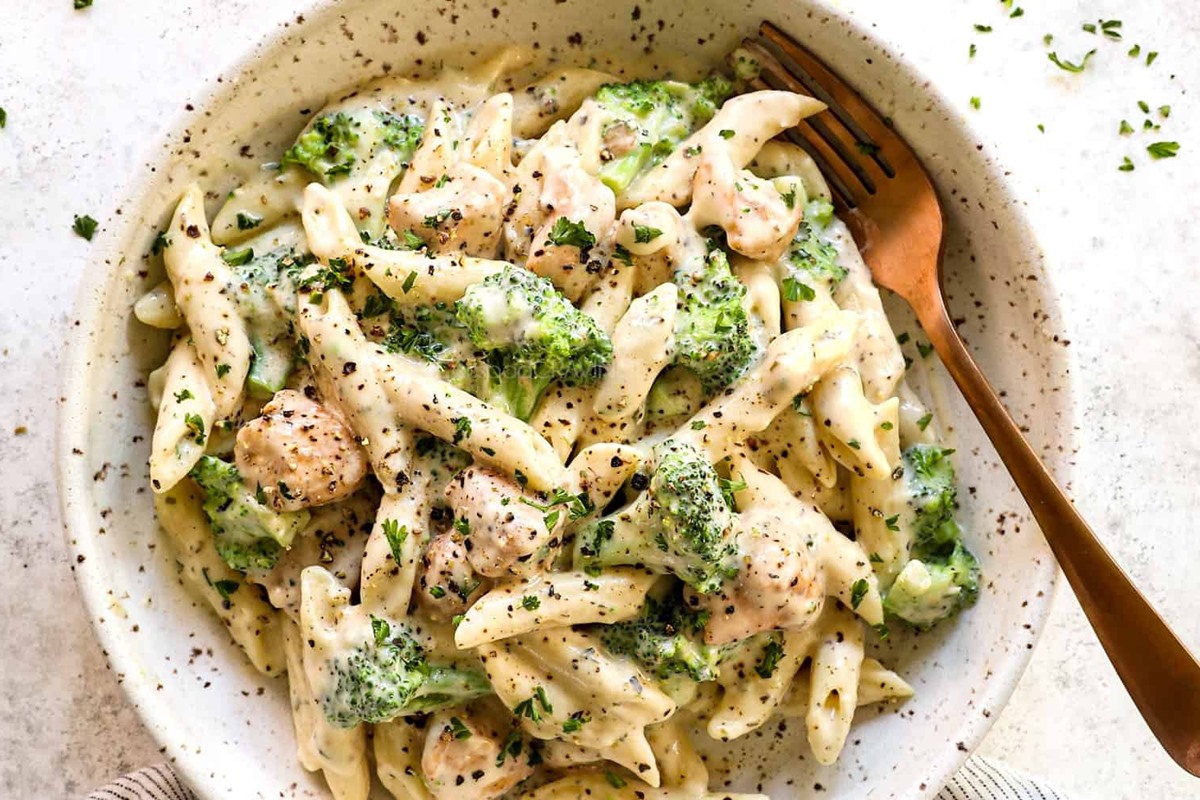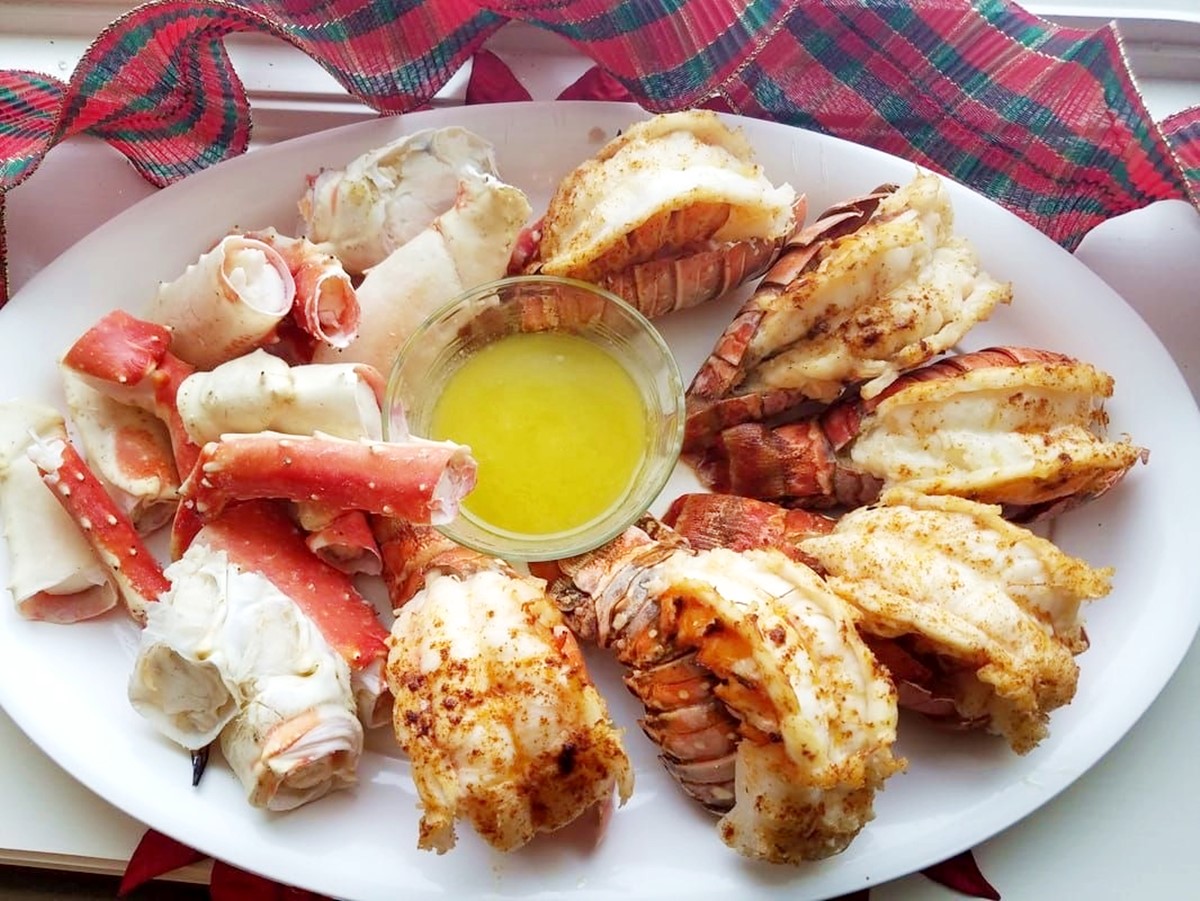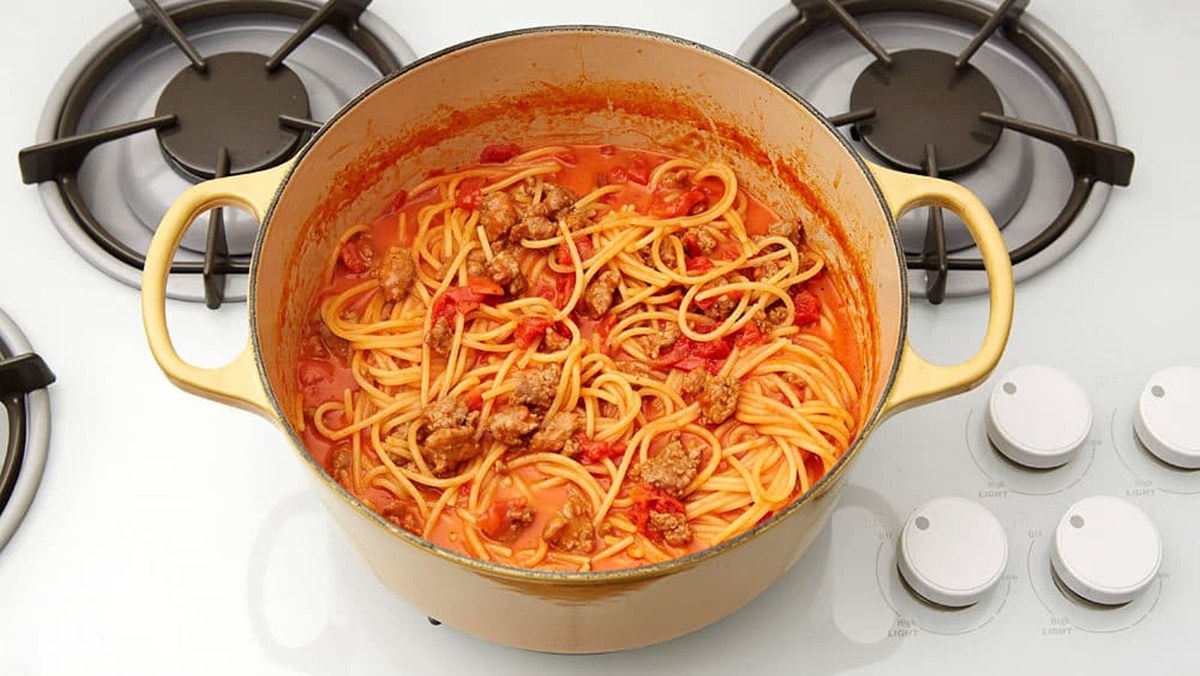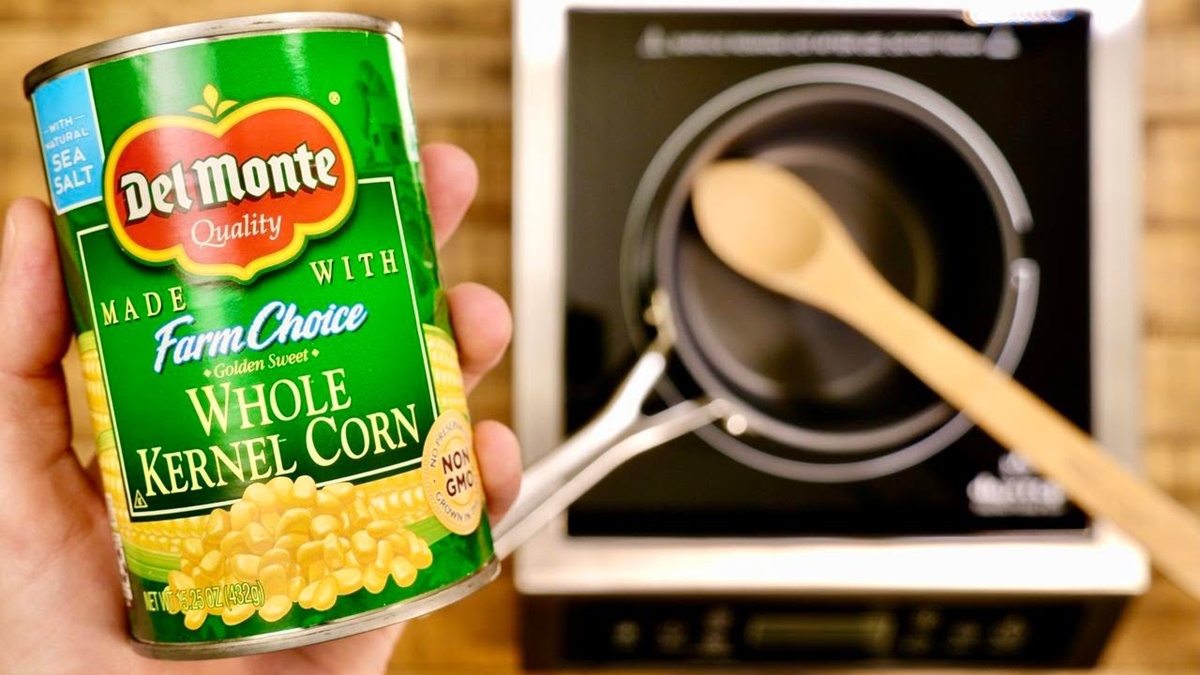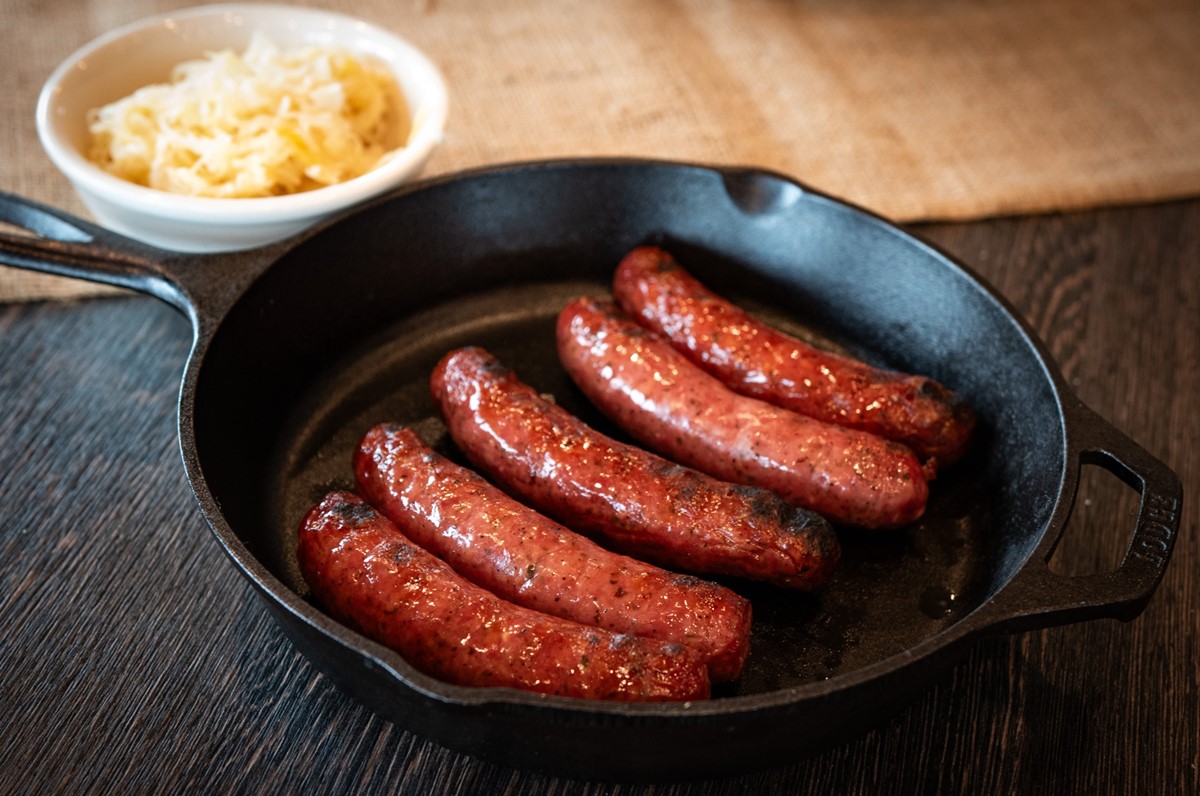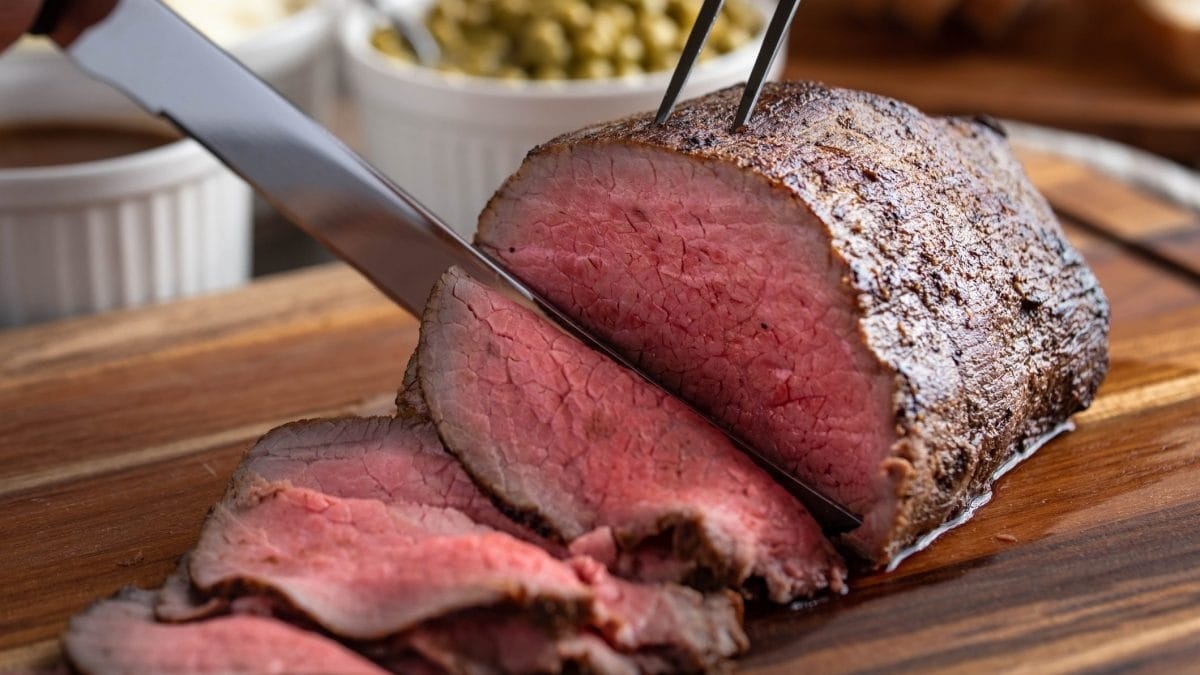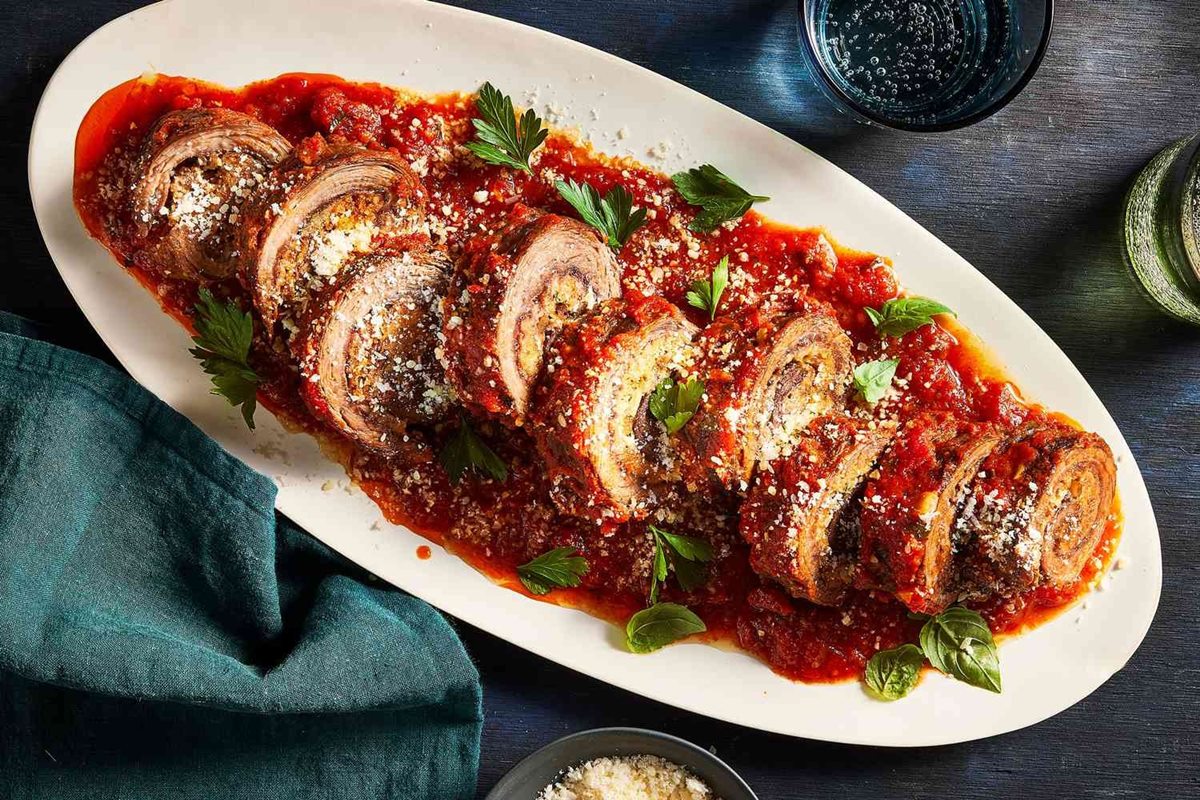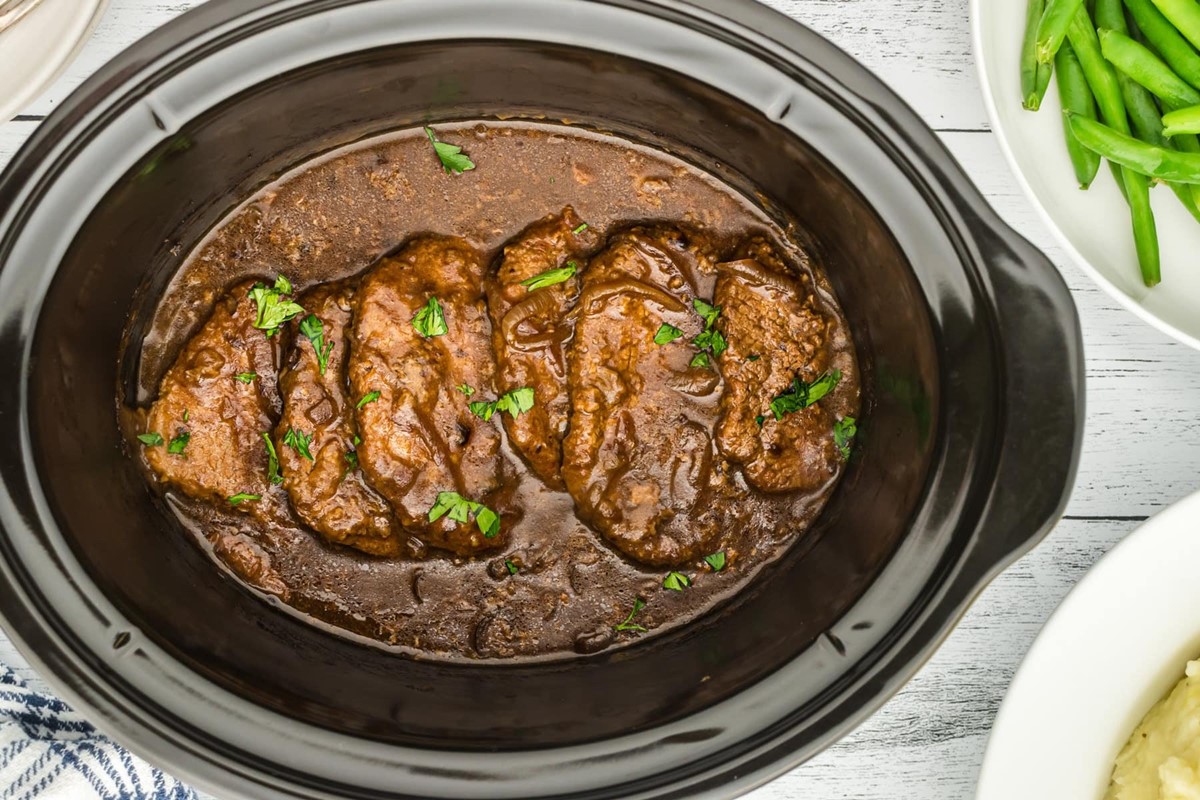Mastering the Art of Cooking a Small Prime Rib
There’s nothing quite like the melt-in-your-mouth tenderness and rich flavor of a perfectly cooked prime rib. Whether you’re hosting an intimate dinner party or simply craving a decadent meal for yourself, cooking a small prime rib is a delicious way to indulge. In this article, we’ll guide you through the step-by-step process of preparing and cooking a small prime rib that will have your taste buds dancing with delight.
1. Selecting the Perfect Cut
The first step in cooking a small prime rib is choosing the right cut of meat. Look for a small prime rib roast, typically weighing around 4 to 6 pounds, that has a generous amount of marbling. Marbling refers to the thin streaks of fat running through the meat, which adds flavor and helps keep the prime rib moist and tender during cooking.
2. Preparing the Prime Rib
Before cooking, it’s essential to let your prime rib come to room temperature. This allows for more even cooking and ensures a juicy interior. Remove the roast from the refrigerator at least 1 hour before you plan to cook it.
Next, season the prime rib generously with salt and freshly ground black pepper. Feel free to add additional spices or herbs to enhance the flavor. Popular choices include garlic powder, rosemary, and thyme. Massage the seasonings onto all sides of the roast, making sure to cover every inch for maximum flavor.
3. Cooking Time and Temperature
For a small prime rib, preheat your oven to 450°F (230°C). Place the roast on a rack in a roasting pan with the fat side up. This allows the fat to melt and baste the meat, creating a delicious crust.
For medium-rare doneness, cook the prime rib at 450°F (230°C) for 15 minutes. Then, reduce the oven temperature to 325°F (165°C) and continue cooking for approximately 13-15 minutes per pound. To ensure the perfect doneness, use an instant-read thermometer inserted into the thickest part of the roast. Aim for an internal temperature of 130°F (54°C) for medium-rare or 135°F (57°C) for medium.
Remember, cooking times may vary slightly depending on your oven and the size of the roast, so it’s crucial to use a meat thermometer to achieve the ideal doneness.
4. Resting and Carving
Once the prime rib reaches your desired doneness, remove it from the oven and let it rest for at least 15-20 minutes before carving. This resting period allows the juices to redistribute throughout the meat, resulting in a juicier and more flavorful final product.
When it’s time to carve, start by slicing the prime rib against the grain into desired thickness. Serve it alongside your favorite accompaniments like creamy horseradish sauce, Yorkshire pudding, or roasted vegetables. Get ready to savor each luscious bite!
5. Leftovers and Reheating
If you have any leftovers, which is quite rare with such a delicious dish, store them in an airtight container in the refrigerator. To reheat, preheat your oven to 350°F (175°C), wrap the leftover slices in foil, and warm them for about 15 minutes or until heated through. You can also enjoy the leftovers cold, sliced thin for sandwiches or added to salads.
Indulge in the Exquisite Taste of a Small Prime Rib
Cooking a small prime rib may seem daunting, but with the right steps and a little patience, you can create a culinary masterpiece that will impress even the most discerning palates. Remember to choose a well-marbled cut, season generously, and cook to the perfect internal temperature. The result will be a succulent prime rib that tastes as good as it looks. So, roll up your sleeves, gather your ingredients, and embark on a truly mouthwatering adventure!
For those looking to master cooking a small prime rib, there are a variety of recipes that can help hone their skills. Beginners might start with the Classic Garlic and Herb Crusted Prime Rib or the Prime Rib with Garlic Butter, both of which offer straightforward yet flavorful options. For those wanting a bit more complexity, the Prime Rib with Red Wine Jus or Prime Rib with Homemade Au Jus add elegant touches with their rich sauces. Adventurous cooks should try the Prime Rib with Blue Cheese Crust or Prime Rib with Truffle Oil and Mushrooms for a unique twist. Each recipe provides different techniques and flavors, making them perfect for anyone looking to expand their culinary repertoire.
Was this page helpful?
Read Next: How To Cook Canned Jackfruit
